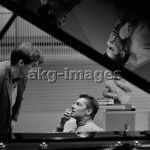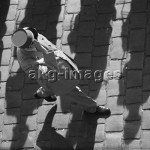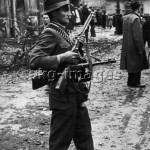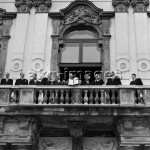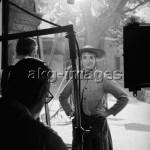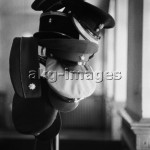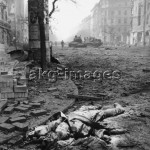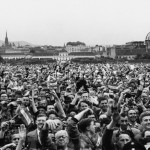Happy Birthday, Erich Lessing!
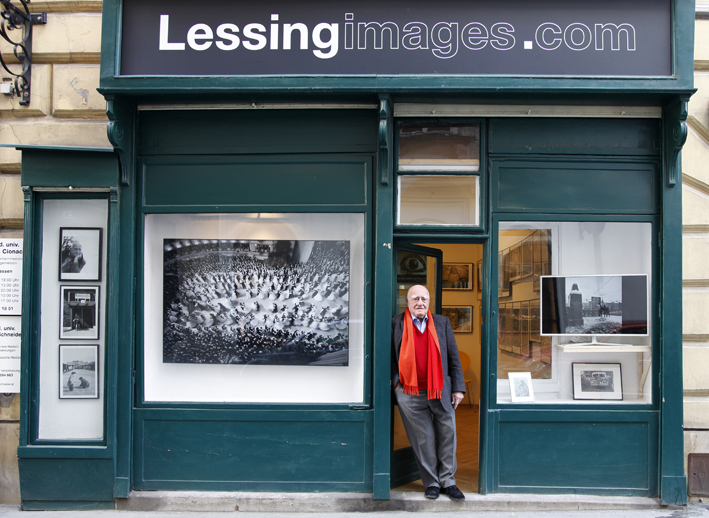
“People ask me which camera I used to take my pictures. I always say it doesn’t matter, for a good picture is up to the eye, not up to the camera.”
akg-images photographer Erich Lessing turns 90 this year. Born in Vienna on 13 July 1923, the young Lessing emigrated to Israel in 1939 and became a self-taught kindergarten and British army photographer. After the war he returned to Austria, went on assignments for the Associated Press and, in 1951, became one of the first Magnum photographers.
Well-known for his evocative reportage photography of post-war Europe and behind-the-scenes portraits of personalities such as Herbert von Karajan, Julie Andrews and Gregory Peck, Lessing went on to build a vast archive of museum photography and published several books drawing on his own material. Aged 90, he still runs the Erich Lessing Photo Archive with the enthusiasm of a man half his age, and this is where I was lucky enough to learn the ropes of picture research.
When I first met Erich Lessing, it was to accompany him and his assistant Philipp Rank on a visit to the printing company of the limited edition of his newest book, a history of composer Joseph Haydn. It featured Lessing photographs of original manuscripts, scores, artefacts and portraits related to Haydn.
“We had better get this out as soon as possible, before the Haydn year is over, don’t you think?” said Lessing as he sampled slipcase design options in a warehouse that day in January 2009. He wore a brown suit jacket and his signature red scarf.
As I improvised and stumbled to raise the questions of cost and print run, Lessing grinned like a proud grandfather and said, “Let’s talk about it back at the office. But first take Julia to the Gasthaus for lunch so she can meet the team. ”
And so what I thought was my interview was essentially my first day at work as Lessing’s new office assistant. Working for Lessing meant I became part of an intimate family business. The boss himself was constantly on the move, checking in with us several times a day. His wife Traudl, herself a woman with a remarkable journalistic career to look back on, made editorial decisions and was often called upon to remember dates and details of picture captions. There were many, many lunches at the Gasthaus. And if the weather was particularly lovely Lessing would sometimes tell us to close early and go enjoy the sun.
If this sounds unconventional, consider the way the best photo opportunities are created. Throughout his varied career, Erich Lessing followed his instincts and reaped the rewards of his own initiative. If he had played by the rules, there would be no iconic images of the 1956 revolts in Budapest, no unusual angle on President Charles de Gaulle’s visit to Algeria. Out of all the photographs taken of the Austrian State Treaty in 1955, Lessing’s is the one that struck a chord: he was the only one who took to the balcony at Belvedere Palace and pointed the camera back at the jubilant crowd.
In 2012 when Lessing was 89, the opening of a new Photo Gallery sparked plenty of media attention. Ever the crowd pleaser, Erich Lessing was interviewed for countless articles and appeared on national television demonstrating tricks – not with the camera, but with his impressive eyebrows.
If you’re ever in Vienna, be sure to visit and see the latest photo exhibition at Weihburggasse 22. If you’re lucky, you might even meet the man himself.
